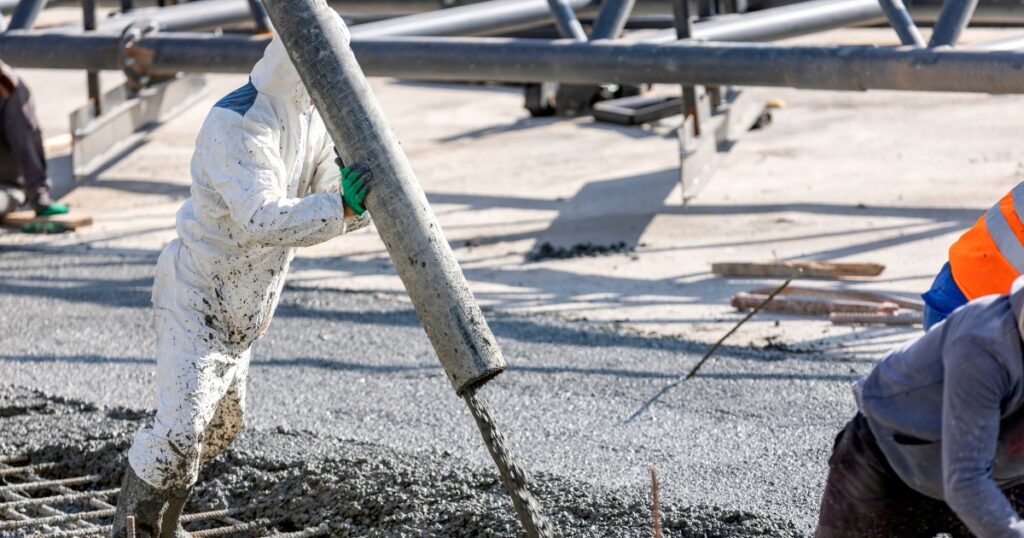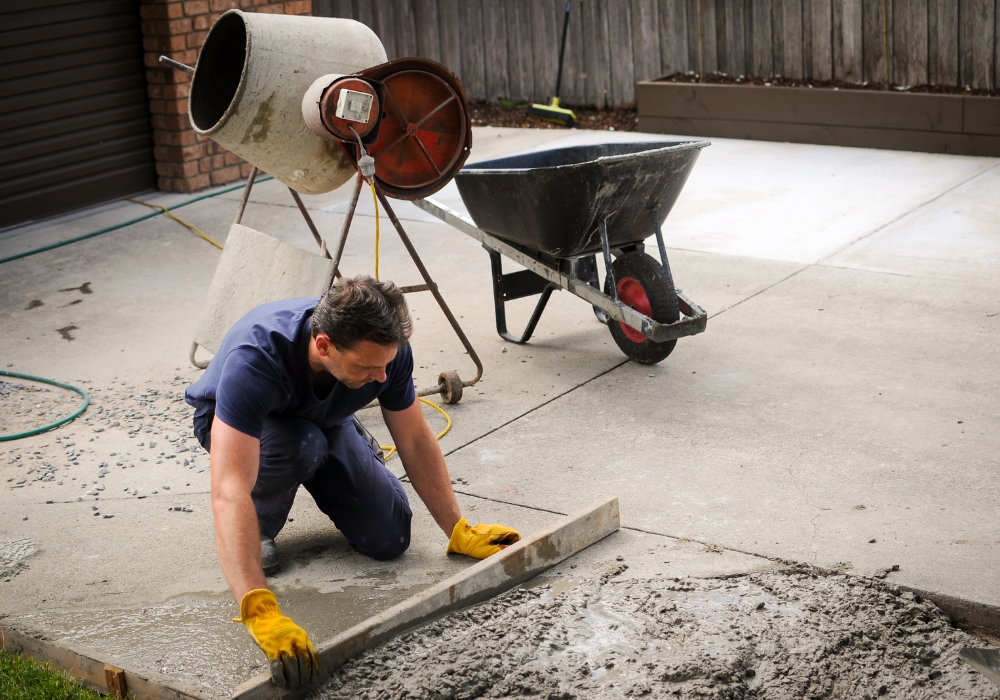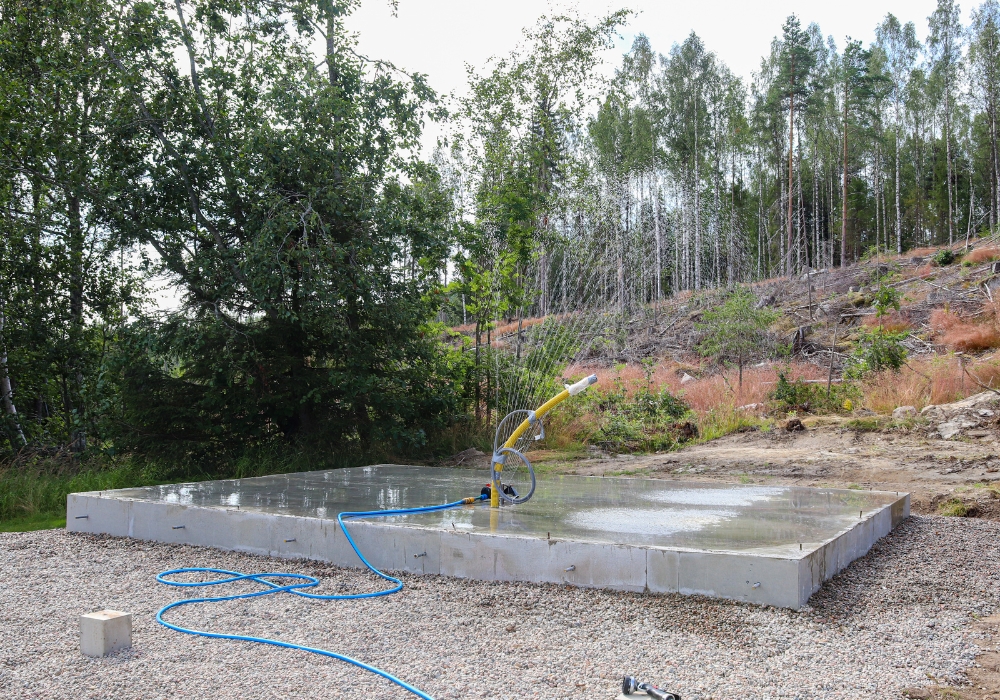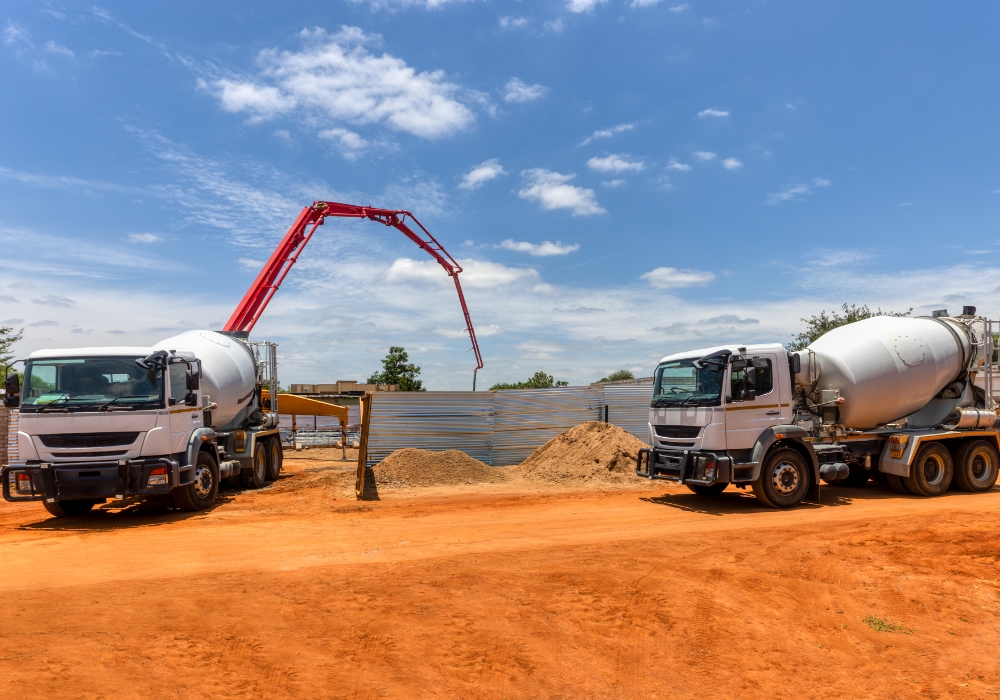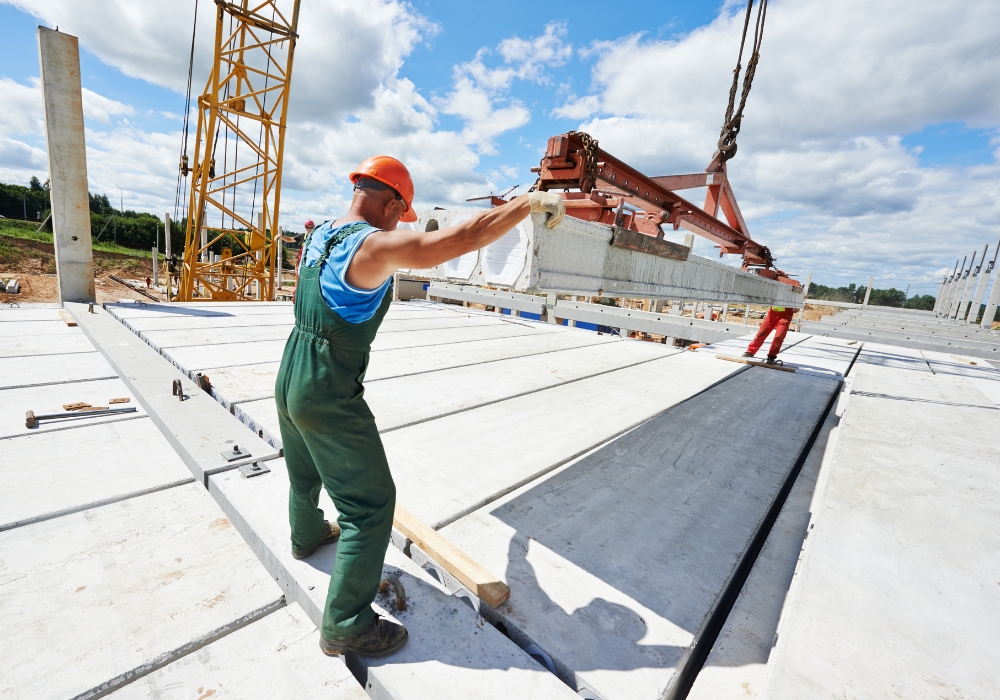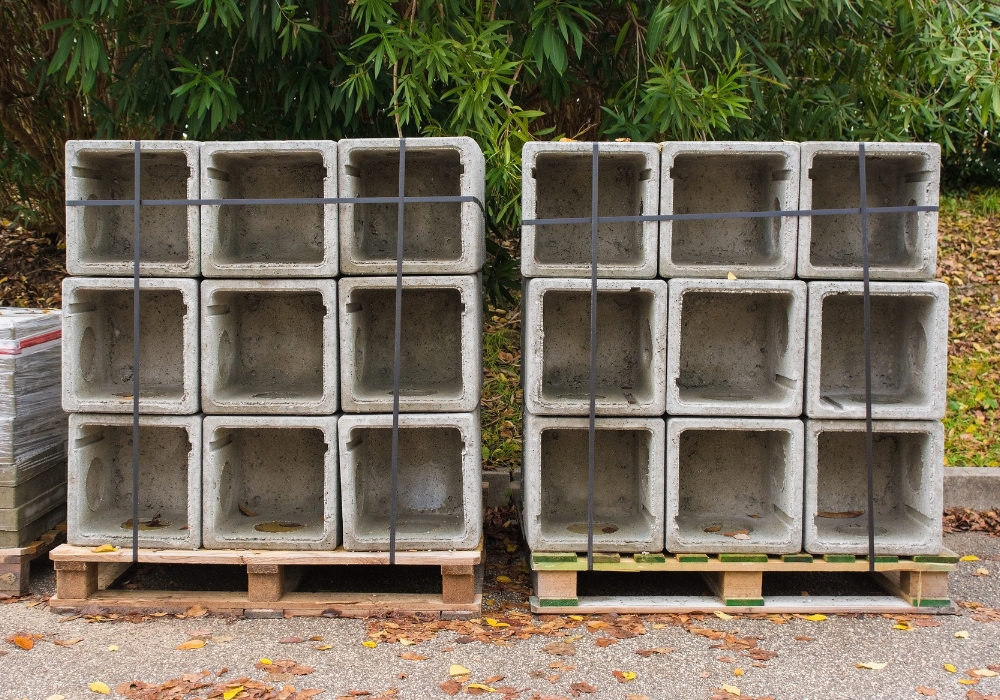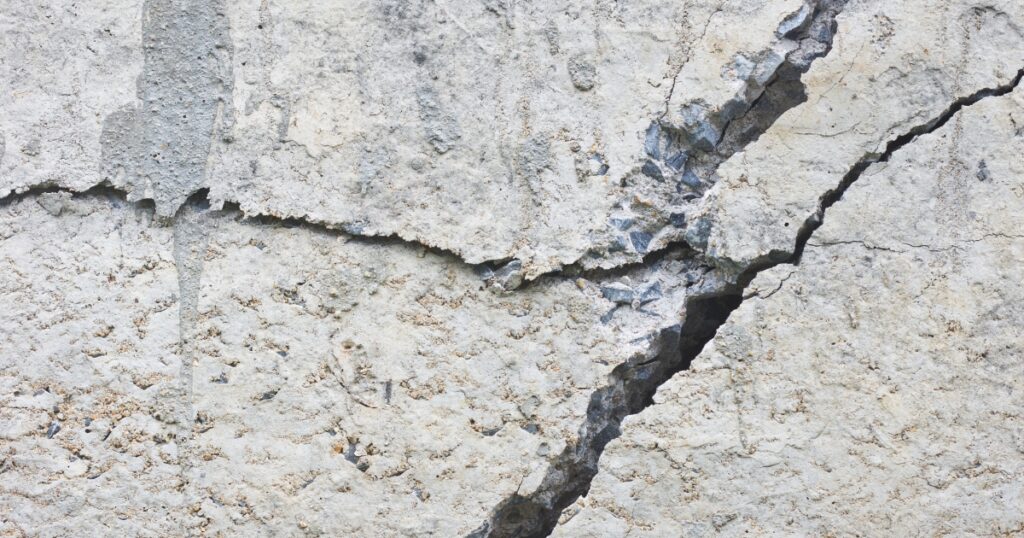Concrete driveways are highly durable, but over time, they can develop cracks and other issues due to wear and tear. Proper maintenance and timely repairs are essential to keep them functional and visually appealing. Whether you’re dealing with minor cracks or major damage, addressing these concerns early can prevent bigger problems and extend its lifespan.
This guide provides practical advice on concrete driveway repair and ongoing maintenance. We’ll walk you through the steps to assess damage, carry out necessary repairs, and maintain it for the long term.
Understanding Common Concrete Driveway Issues
Before diving into the repair process, it’s crucial to understand the common issues that affect concrete driveways. Here’s what homeowners often encounter:
- Cracks – These are the most common problems. Cracks may result from weather conditions, heavy loads, or natural settling of the ground. Minor cracks can be repaired easily, but larger ones may require professional attention.
- Surface Discoloration – Stains from oil, dirt, or de-icing chemicals can cause unsightly discoloration. While this doesn’t affect the structural integrity, it can reduce its appeal.
- Scaling or Spalling – This occurs when the surface of the concrete flakes or chips away due to freeze-thaw cycles or the use of harsh de-icing chemicals.
- Potholes and Larger Holes – Often the result of long-term neglect, potholes can form when small cracks are not repaired promptly. These can damage vehicles and reduce the overall strength of the driveway.
Assessing the Damage
Before you start repairing, assess the condition of your driveway. This helps in determining whether you can manage the repairs yourself or if you need professional help.
Here’s what to look for:
First, if you notice small cracks that are less than 1/4 inch wide, they can typically be repaired with basic DIY methods. You can use a simple concrete patching compound to fill the gaps and restore the surface.
However, for larger cracks over 1/4 inch, more extensive repairs might be needed, and professional help could be necessary. These larger cracks can spread if left unattended, possibly requiring a stronger patching compound or even structural intervention.
Another one is discoloration, which is a common issue that can be managed by cleaning and sealing the surface. Using a pressure washer to remove stains and grime, followed by applying a quality sealer, can keep it looking fresh.
Sealing every 1 to 2 years is usually enough to protect the surface from further staining and weather damage, ensuring it maintains its appearance for longer periods without needing frequent touch-ups.
Lastly, if you notice potholes, they need urgent attention as they can grow larger and cause more damage to both the concrete and your vehicles. Fixing potholes often involves cutting out the damaged area and filling it with fresh concrete, ensuring a durable repair. It’s best to address them promptly to prevent further deterioration.
It’s best to call a professional for pothole repairs to ensure a proper and long-lasting fix.
DIY Repairs for Concrete Driveway Cracks
If you’re dealing with minor cracks or surface damage, here’s how you can repair them yourself:
- Clean the Area – Begin by clearing any debris, dirt, or loose concrete from the crack. You can use a broom, leaf blower, or garden hose to remove particles.
- Apply Concrete Patch – For small cracks, a simple patching compound will suffice. Follow the manufacturer’s instructions and use a trowel to smooth it over the crack.
- Seal the Surface – Once the patch has dried, apply a concrete sealer to protect it from moisture and prevent further cracking.
Pothole and Larger Crack Repair
For larger potholes or cracks, a different approach is required:
- Prepare the area – Clear away debris and any loose material. For larger potholes, you may need to cut out the damaged section with a chisel and hammer.
- Fill the pothole – Add gravel to about 2 inches below the surface, then apply a mix and smooth it out with a trowel.
- Cure the concrete – Let the repair properly cure, which may take several days depending on weather conditions.
- Seal the driveway – Sealing after repairs helps prevent water from seeping in and causing further damage.
Preventive Maintenance Tips
Once it’s repaired, taking the right steps to maintain it is crucial for preventing future damage and ensuring it lasts as long as possible. Below are clear and effective strategies to help keep it in excellent shape:
1. Cleaning Your Driveway
Keeping the surface clean is essential. Regular sweeping removes dirt, leaves, and other debris that can settle into cracks and cause more serious damage over time. A leaf blower or garden hose works well for clearing away loose material. Make it a habit to clean every few weeks, as this simple step goes a long way in preserving your driveway’s condition.
2. Pressure Washing Properly
When deeper cleaning is needed, pressure washing can remove tough stains from oil, dirt, and grime. It’s important to use the right pressure setting and a cleaner formulated for concrete to avoid damaging the surface. A couple of pressure washings each year can help maintain the appearance of your driveway while preventing buildup that can weaken the concrete over time.
3. Sealing for Long-Term Protection
Applying a quality sealer every 2-3 years provides a protective barrier against moisture, oils, and weather damage. Sealing prevents water from seeping into the surface, which helps avoid cracks and spalling, especially in areas with freeze-thaw cycles. Using a high-quality, concrete-specific sealer is essential, and following the manufacturer’s instructions will ensure it’s applied correctly and provides maximum protection.
4. Reducing Heavy Loads
Concrete can withstand a lot, but excessive weight from heavy vehicles can lead to cracking or sinking over time, especially during hot weather. If possible, avoid parking large trucks or heavy equipment on the driveway. Parking heavier vehicles on the street or a reinforced area can help reduce stress on the concrete, keeping it in better shape for longer.
5. Protecting Against Oil Stains
Oil leaks from vehicles can cause stubborn stains and weaken the concrete. Using mats or trays under any vehicle prone to leaks will prevent these issues. If a spill happens, cleaning it quickly with absorbent material or a cleaner designed for concrete is important to prevent the oil from penetrating and causing permanent damage.
Additional Suggestions
- Repairing small cracks or surface damage as soon as they appear helps prevent them from turning into bigger, more expensive issues. Quick attention to these minor problems ensures it stays in good shape and avoids more extensive repairs down the road.
- When choosing de-icing products, it’s important to avoid using rock salt, which can damage concrete surfaces. Instead, opt for de-icers specifically designed for concrete, as they provide protection during freezing conditions without causing harm to the driveway.
- Ensuring proper drainage is crucial for preventing cracks. Water that pools on the driveway surface over time can weaken the concrete, leading to damage. Make sure that water flows away by adjusting the grading or installing drainage solutions where needed.
These preventive maintenance tips will keep your driveway in top condition, reducing the need for future repairs and extending its lifespan. Proper care now means less hassle down the road, ensuring a smooth and durable surface for years to come.
Winter Care for Concrete Driveways
Cold weather can be tough on concrete, especially due to freeze-thaw cycles that cause cracks and surface damage. Here are practical steps to protect it during winter:
1. Snow Removal
Use a plastic shovel or snow blower to remove snow, avoiding metal tools that can scratch or chip the surface. Clear snow regularly to prevent moisture from seeping into cracks, which can expand in freezing temperatures.
2. De-Icing Products
Choose deicing agents made for concrete, such as calcium chloride. Avoid rock salt, which can damage the surface and lead to spalling. Eco-friendly options are available for those concerned about pets or plants.
3. Preventing Ice Build-Up
After clearing snow, check for ice patches. Use sand or gravel to improve traction without harming the concrete. This reduces the need for de-icers and prevents further damage.
4. Repair Cracks Before Winter
Repair any cracks before winter sets in. This prevents water from freezing in the cracks, which can worsen damage. Filling cracks early helps avoid bigger repairs later on.
Following these simple steps keep driveways in good condition throughout the winter, ensuring it remains durable and safe.
When to Call a Professional
While DIY repairs are suitable for minor issues, sometimes the damage is beyond simple fixes. If you notice the following, it’s time to call a professional:
- Deep, wide cracks that continue to grow.
- Multiple potholes across the driveway.
- Water pooling on the surface, indicating poor drainage.
- Driveway sinking or settling unevenly.
Hiring a professional ensures that the repairs are done properly, preventing future issues. They also have access to tools and materials that aren’t typically available to homeowners, ensuring a long-lasting fix.
Long-Term Driveway Solutions
Concrete driveways can last for decades with proper care, but if you’re dealing with extensive damage or an old surface, resurfacing or replacement might be worth considering.
Although these options come with higher costs, they offer a fresh start and can greatly improve the appearance and function of your space.
1. Resurfacing
Resurfacing involves applying a new layer of concrete over the existing driveway. This is a great option if the surface is worn but structurally sound.
2. Full Replacement
If the damage is extensive, full replacement might be necessary. A professional can help you determine if this is the best course of action.
Conclusion
Repairing and maintaining a concrete driveway helps extend its lifespan while keeping it functional and looking great. Using the right repair techniques and maintenance can keep it in excellent shape for years. Whether you prefer to handle the repairs yourself or need professional support, staying proactive will save you time and money in the long run. If you need expert advice or assistance, feel free to contact us for help.
